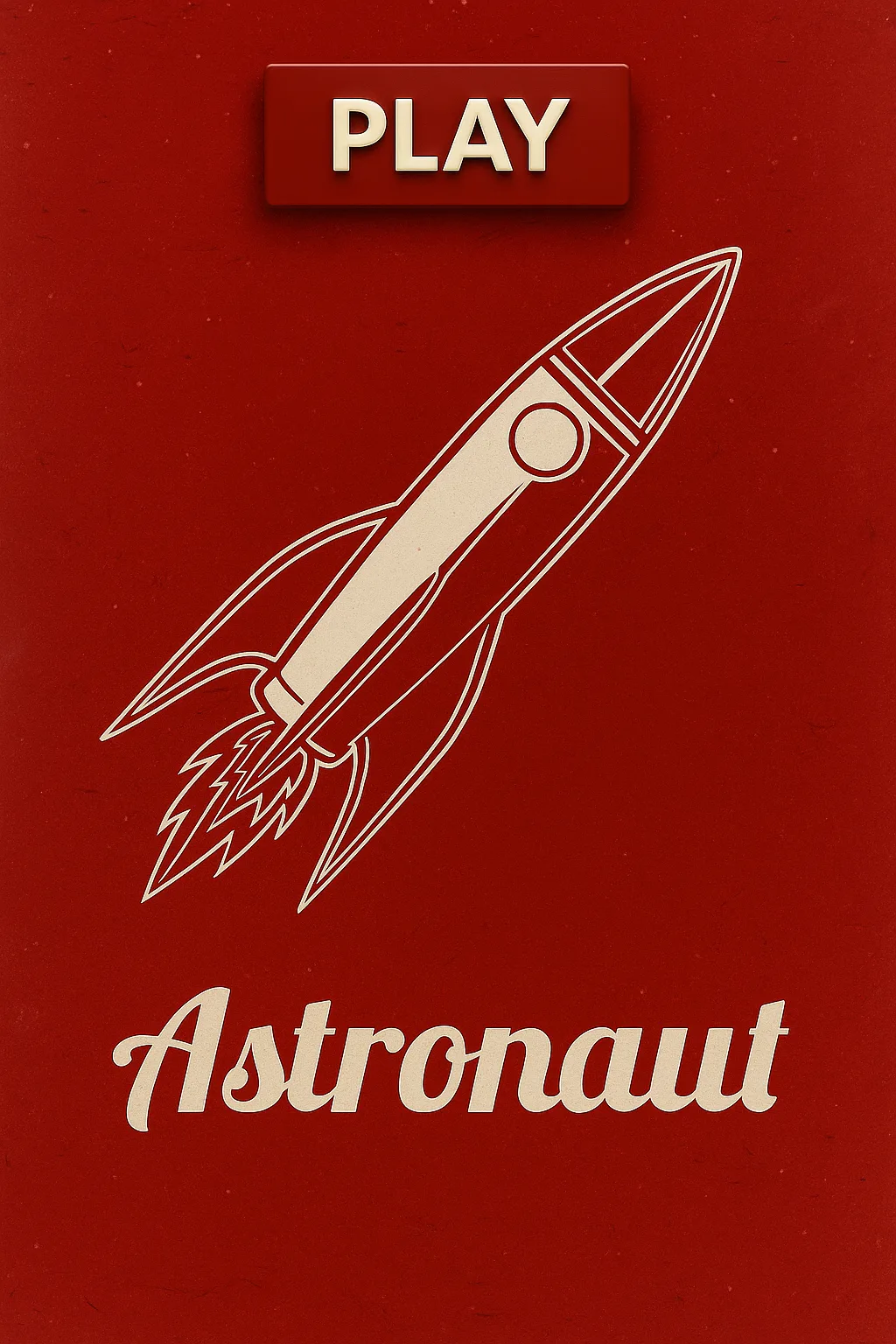Running commercial real estate can get complicated in a heartbeat; overseeing several leases, handling maintenance requests, dealing with rent payments, and keeping on top of the financial reports, there’s just too much on your plate. That’s where Commercial Property Management Software comes into play. Don’t worry if you’re a newcomer to the concept; this starter’s guide will take you through all you need to know to get started.
What is Commercial Property Management Software?
In short, Commercial Property Management Software is a computer program that helps property managers and landlords automate and simplify day-to-day tasks. If you own office complexes, shopping malls, or factories, such software can take care of all tasks, ranging from tracking leases and maintaining records to communicating with tenants and generating financial reports.
It’s like having a sleepless virtual assistant, keeping your property business running smoothly, well-planned, and available remotely.
Steps to Implement the Software Successfully
Ready to make the switch? Here is how to successfully implement Commercial Property Management Software without the headaches:
- Identify Your Needs
Before you select a platform, ask yourself:
- What kind of properties do I own?
- How many units or tenants do I have?
- What are my must-haves (e.g., invoicing, sharing documents, access on the move)?
Answering these questions will enable you to understand better what to prioritize.
- Choose the Right Software
Utilize Rental Property Management Software intended for assets. Consider the following:
- Lease management
- Maintenance tracking
- Custom reporting
- Tenant communication features
- Account integration with accounting software
Most offer free demos—try a few before making a decision.
- Migration Planning
If you’re moving from spreadsheets or some other application, bring every piece of existing lease paper, tenant contact information, financial data, and history of maintenance. Remove any old or incorrect information before importing it into your new software.
- Train Your Team
Even the finest software is no better than the individuals who will be utilizing it. Ensure that your accountants, property managers, and maintenance personnel are instructed in the operation of the new system. Most software providers provide tutorials or onboarding assistance.
- Go Live and Track Progress
When you’re ready, go live! Begin with one property if you’re apprehensive, and expand from there. Check how things are going along, ask your staff for input, and tweak accordingly.
Conclusion
Getting started with Rental Property Management Software can be daunting initially, but with the proper steps and processes, it can prove to be a time and expense saver in maintaining your commercial properties effectively. With less human error and having more time to dedicate to growth, the benefits are well worth the effort and time.
If you’re looking for a reliable, user-friendly platform to manage your commercial properties, PaperTrail’s Commercial Property Management Software is a great place to begin. It’s designed with both simplicity and power in mind, perfect for those new to property tech.



